-
- PCB TYPE
- PRINTED CIRCUIT BOARD PROTOTYPE ALUMINUM PRINTED CIRCUIT BOARD R&F PCB FPC HIGH FREQUENCY PCB HIGH-TG PCB HEAVY COPPER PCB HDI PCB PCB FOR LIGHTING METAL CORE PCB
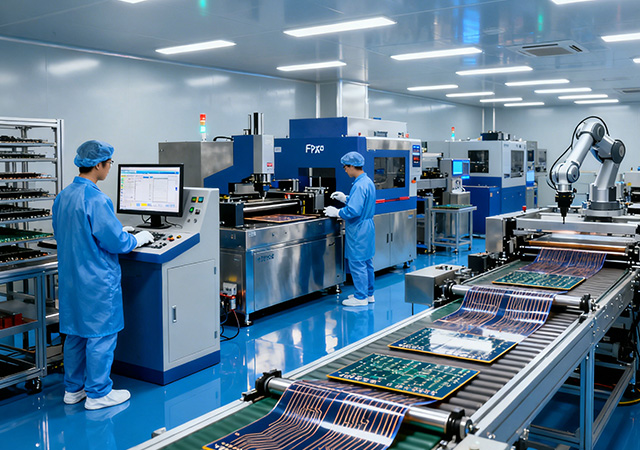
Flexible Printed Circuit (FPC) Fabrication has emerged as a transformative technology in modern electronics, redefining how devices are designed, manufactured, and deployed. Unlike rigid PCBs that limit form factor and placement, FPC fabrication produces lightweight, bendable circuits that adapt to complex shapes, tight spaces, and dynamic environments. This versatility makes FPCs indispensable for a wide range of applications—from wearables that conform to the human body to aerospace components that fit into curved structures. Beyond flexibility, FPC fabrication prioritizes efficiency, reliability, and adaptability, supporting the industry’s shift toward miniaturized, connected, and sustainable electronics. For engineers, manufacturers, and innovators, FPC fabrication is more than a manufacturing process; it’s a catalyst for reimagining what electronic devices can achieve.
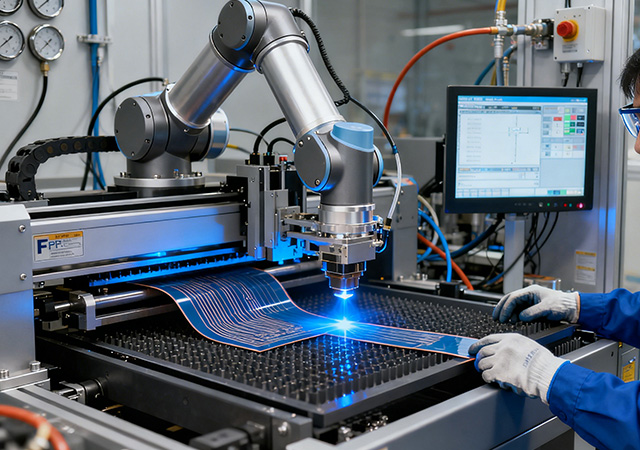
In the era of miniaturized, high-performance electronics, the demand for flexible printed circuits (FPCs) with exceptional precision has never been greater. The High Precision FPC Fabrication Process stands as a cornerstone technology, enabling the production of FPCs that meet the strict tolerances, signal integrity, and mechanical reliability required for cutting-edge devices. Unlike standard FPC fabrication, which prioritizes cost or speed, this specialized process focuses on meticulous control over every manufacturing step—from material selection to final assembly—delivering circuits that perform flawlessly in applications where even minor deviations can cause system failure. For industries ranging from aerospace to medical devices and consumer electronics, this process is the backbone of innovation, enabling designs that push the boundaries of what’s possible with flexible electronics.
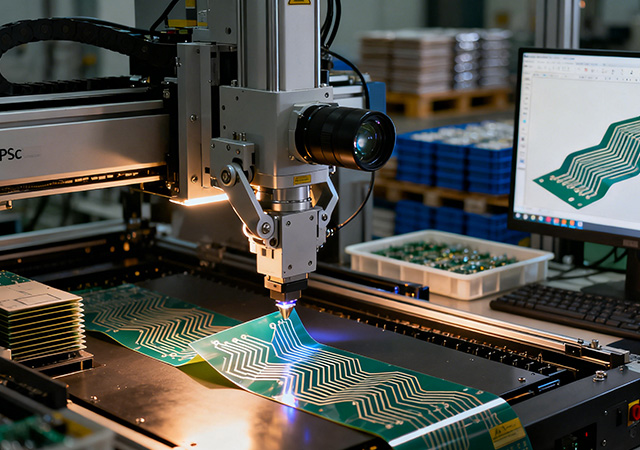
In the fast-paced world of electronics design and manufacturing, time-to-market is a critical competitive advantage. Quick Turn FPC Fabrication Service has emerged as a transformative solution, enabling engineers, startups, and enterprises to rapidly bring flexible printed circuit (FPC) designs from concept to prototype or low-volume production. Unlike traditional FPC fabrication, which often involves lengthy lead times and rigid processes, quick turn services prioritize speed without compromising quality—catering to time-sensitive projects, emergency replacements, and iterative design cycles. For industries ranging from consumer electronics to medical devices and aerospace, this service is more than a convenience; it’s a strategic enabler of agility, innovation, and market responsiveness.
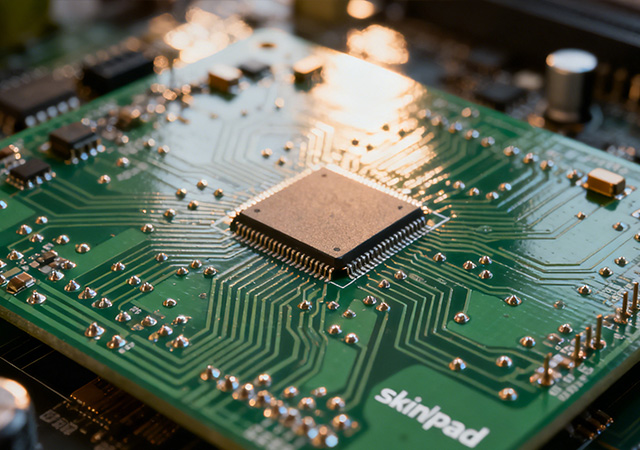
In the age of power-dense electronics, where devices are expected to deliver more performance in smaller footprints, thermal management has become a universal challenge. Sinkpad PCB stands out as a versatile solution, engineered to address heat dissipation and structural reliability across industrial, commercial, consumer, and specialized applications. Unlike generic PCBs that require external cooling add-ons, Sinkpad PCB integrates dedicated thermal sink structures directly into its design—unifying electrical functionality, thermal efficiency, and mechanical stability. This all-in-one approach makes it a cornerstone component for high-power systems, from industrial machinery to smart lighting and medical devices, proving its value far beyond automotive use cases.
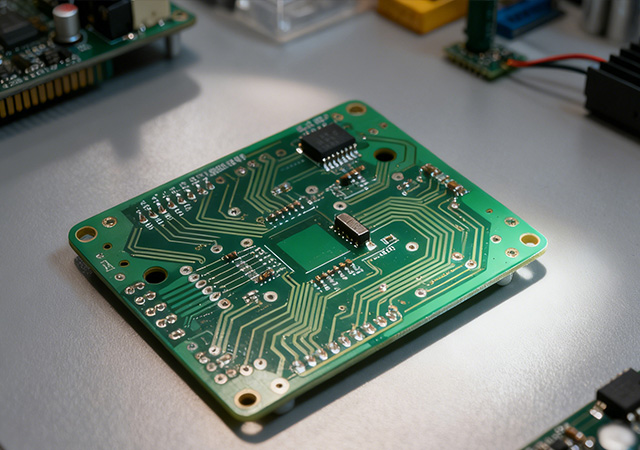
In the era of electrified, connected, and autonomous vehicles, automotive electronics are becoming increasingly complex and power-dense. Automotive Sinkpad PCB has emerged as a foundational component, designed to meet the stringent demands of vehicle environments—combining integrated thermal management, mechanical durability, and electrical stability. Unlike generic PCBs, this specialized solution is engineered for the unique challenges of automobiles, from under-hood vibration to compact cabin layouts, ensuring critical systems operate reliably throughout a vehicle’s lifespan. For automakers and tier suppliers, Automotive Sinkpad PCB is more than a circuit board; it’s a strategic enabler of safer, more efficient, and technologically advanced vehicles.

Got project ready to assembly? Contact us: info@apollopcb.com



We're not around but we still want to hear from you! Leave us a note:

Leave Message to APOLLOPCB
